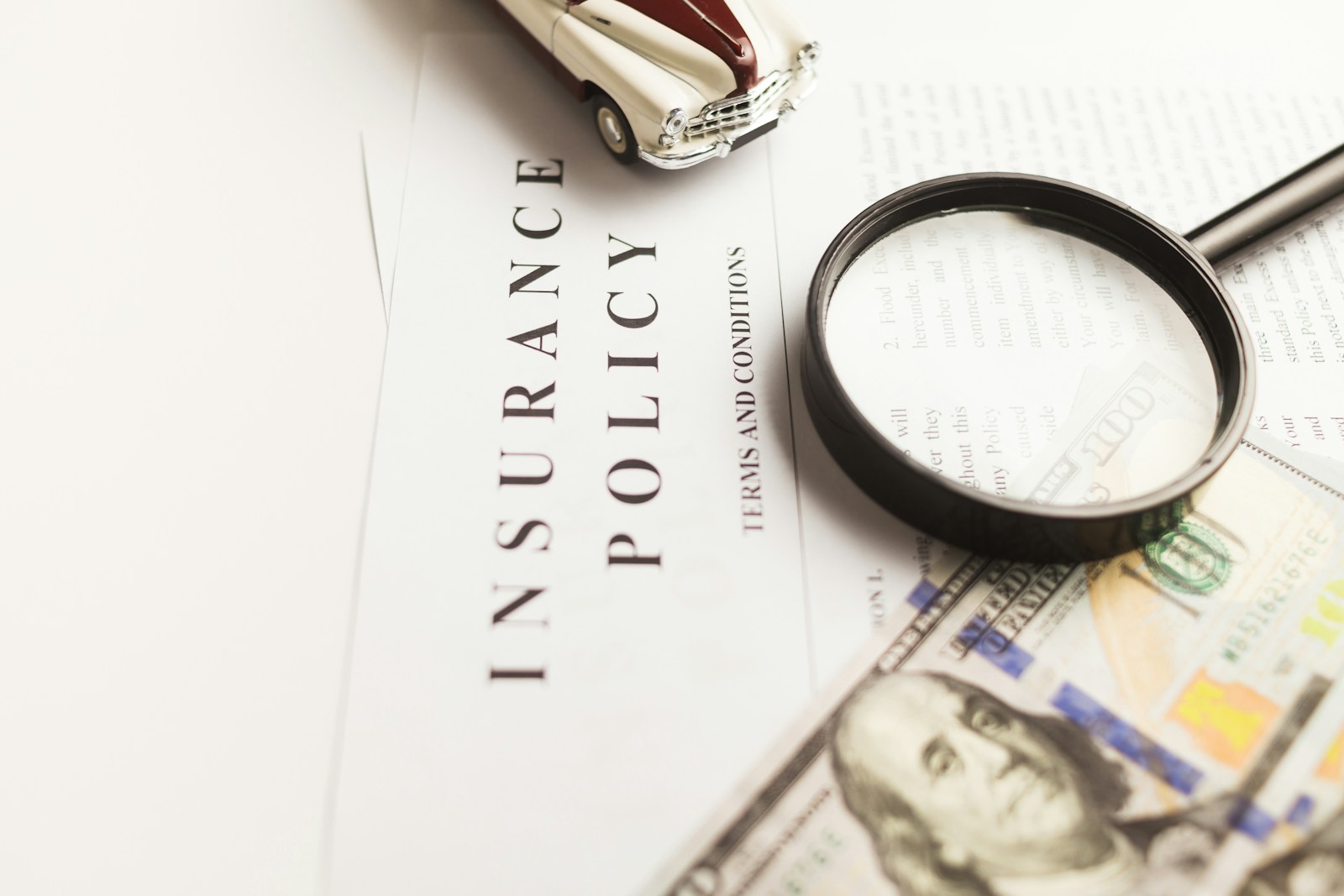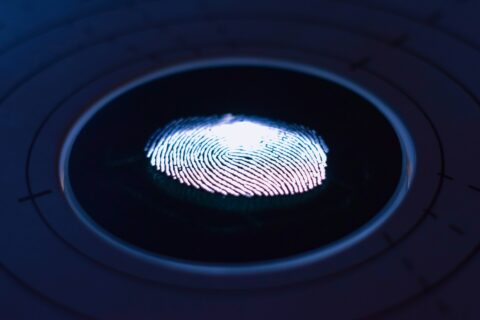Fake Licence Not Enough to Deny Insurance: Supreme Court

Introduction
In a significant pronouncement on motor insurance liability, the Supreme Court of India in Hind Samachar Ltd. (Delhi Unit) v. National Insurance Company Ltd. & Ors.[1] clarified that a vehicle owner cannot be saddled with liability merely because the driver’s licence is later found to be fake. The Court reaffirmed that the insurer must establish a willful breach of policy conditions or clear evidence of collusion to deny indemnification. This ruling strengthens the jurisprudence on “pay and recover” cases under the Motor Vehicles Act and reinforces the principle that an insured owner’s good faith cannot be doubted without substantive proof.
Table of Contents
Background of the Case
The case arose from a tragic road accident that occurred on January 26, 1993, around 2:00 a.m., involving a truck owned by Hind Samachar Ltd. (Delhi Unit) and a Matador van carrying ten passengers. The collision resulted in nine fatalities and two injuries among the passengers of the van. Multiple claim petitions were subsequently filed before the Motor Accident Claims Tribunal (MACT) by the legal representatives of the deceased and the injured victims, as well as by the owner of the Matador for vehicle damage.
Before the Tribunal, the truck driver, the owner (Hind Samachar Ltd.), and the insurer (National Insurance Company Ltd.) were impleaded as respondents. Upon objection by the insurer alleging contributory negligence by the Matador driver, the Tribunal also impleaded the owner and insurer of the Matador van.
After considering the evidence including the FIR, eyewitness testimony, and the site plan the Tribunal held that both vehicles were compositely negligent, fixing liability in the ratio of 75:25 between the truck and the Matador van respectively. It accordingly determined compensation payable to the claimants and directed both insurers to satisfy the awards.
The Tribunal further held that the truck’s insurer was liable to indemnify the vehicle owner despite allegations that the driver possessed a fake driving licence, observing that the insurer had failed to prove any willful breach of policy conditions by the owner.
However, on appeal, the Delhi High Court took a contrary view. It concluded that the truck’s driver had produced a forged driving licence and inferred that the vehicle owner had colluded with him. Consequently, the High Court directed the insurance company to pay the compensation to the victims but granted it the right to recover the amount from the vehicle owner, invoking the doctrine of “pay and recover.”
Aggrieved by this finding, Hind Samachar Ltd. approached the Supreme Court of India, challenging the High Court’s order on the ground that the conclusion of collusion and negligence on part of the owner was speculative, contrary to evidence, and inconsistent with settled legal principles.
Arguments Before the Supreme Court
For the Appellant (Hind Samachar Ltd.): They contended that the High Court’s inference of collusion between the owner and driver was speculative and unsupported by evidence. The company had duly verified the driver’s licence before employment, and the existence of renewal records from the licensing authority proved good faith.
For the Respondent (National Insurance Co. Ltd.): They argued that both the licences one seized by the police and another produced by the owner were found to be fake, indicating negligence and collusion by the owner in employing an unqualified driver.
Findings of the Court
The Supreme Court Bench meticulously examined the evidence on record and the precedents governing insurer liability in cases involving fake driving licences. The Court found that the High Court had erred in inferring collusion or negligence on the part of the vehicle owner without any substantiating material.
The Court observed that the mere existence of a fake or invalid driving licence does not automatically constitute a breach of the insurance policy by the owner. It reiterated the settled position that the burden lies on the insurer to prove that the insured had knowingly entrusted the vehicle to a driver who did not possess a valid licence or that there was a willful breach of policy conditions.
Referring to key precedents such as United India Insurance Co. Ltd. v. Lehru[2], National Insurance Co. Ltd. v. Swaran Singh[3], PEPSU RTC v. National Insurance Co. Ltd.[4], and IFFCO Tokio General Insurance Co. Ltd. v. Geeta Devi[5], the Court reaffirmed that the insurer cannot avoid liability merely by proving that the licence was fake; it must also establish that the owner was aware of the falsity or had failed to exercise reasonable diligence when employing the driver.
In the present case, the Bench noted that the insurance company had failed to lead any evidence showing that the owner had knowledge of the fake licence or had neglected to verify the driver’s credentials. The fact that the owner was a corporate entity and had produced the licence before the Tribunal was seen as an act of diligence, not collusion. The Court rejected the High Court’s conclusion that such production implied participation in fraud.
The Supreme Court also highlighted inconsistencies in the insurer’s evidence. The driving licence register from the District Transport Office, Gurdaspur, contained interpolations and irregular entries, and the date relied upon by the insurer bore no connection to the date of issue or renewal of the licence. Moreover, the renewal certificate from the same licensing authority indicated that the licence had in fact been renewed further supporting the owner’s bona fides.
The Bench clarified that vehicle owners are not expected to verify the authenticity of licences directly with the Regional Transport Office unless there are circumstances raising genuine suspicion. It emphasized that the law requires reasonable care, not extraordinary investigation.
Ultimately, the Court concluded that there was no evidence of willful breach or collusion by the appellant and that the High Court’s direction allowing the insurer to recover the compensation from the vehicle owner was unsustainable in law.
Accordingly, the Supreme Court set aside the High Court’s finding on the insurer’s right of recovery while affirming the Tribunal’s award of compensation, as modified on quantum.
Conclusion
The Supreme Court’s ruling in Hind Samachar Ltd. (Delhi Unit) v. National Insurance Company Ltd. & Ors. reaffirms the settled principle that an owner’s liability cannot be extended merely because a driver’s licence is later discovered to be fake. Unless the insurer conclusively proves that the owner knowingly entrusted the vehicle to an unlicensed driver or failed to exercise reasonable diligence, recovery from the insured is impermissible.
By setting aside the Delhi High Court’s “pay and recover” direction, the Court restored balance between insurer protection and insured fairness. The decision highlights that the law demands reasonable care, not suspicion or exhaustive verification, from vehicle owners. It also reinforces the welfare intent of the Motor Vehicles Act to ensure compensation to victims without unjustly burdening owners who have acted in good faith.
This judgment strengthens the jurisprudence on insurer liability and provides welcome clarity to businesses and fleet operators who routinely rely on employed drivers. It cautions insurers against invoking recovery rights without clear evidence of breach and consolidates judicial consistency on the issue of fake or invalid driving licences under motor insurance contracts.
For more details, write to us at: contact@indialaw.in
[1] 2025 INSC 1204 (Civil Appeal Nos. 12442–12446 of 2024)
[2] (2003) 3 SCC 338
[3] (2004) 3 SCC 297
[4] (2013) 10 SCC 217
[5] 2023 SCC OnLine SC 1398
By entering the email address you agree to our Privacy Policy.



